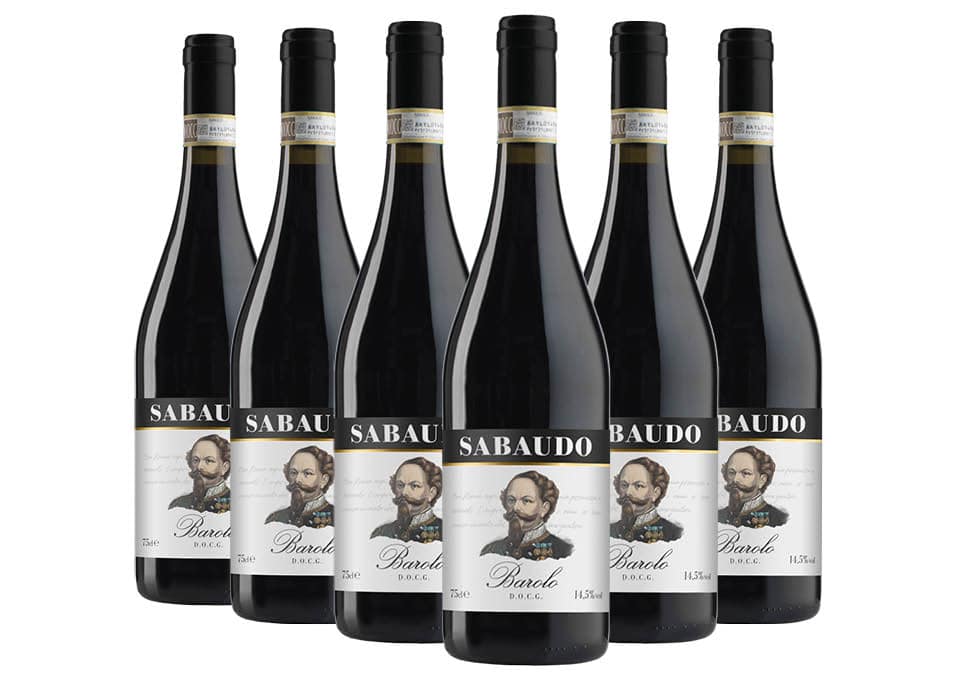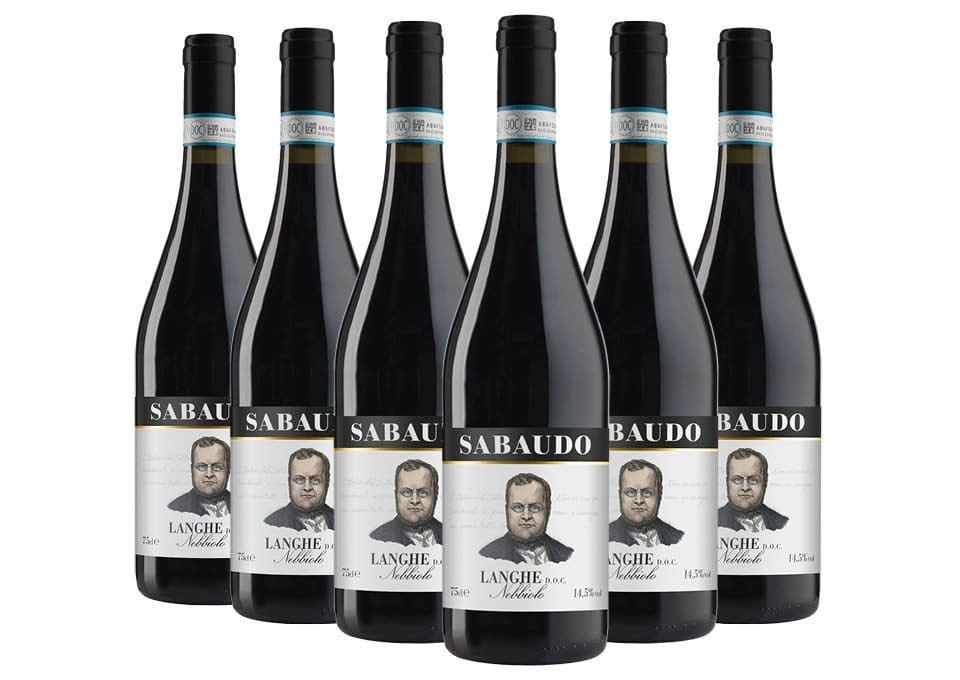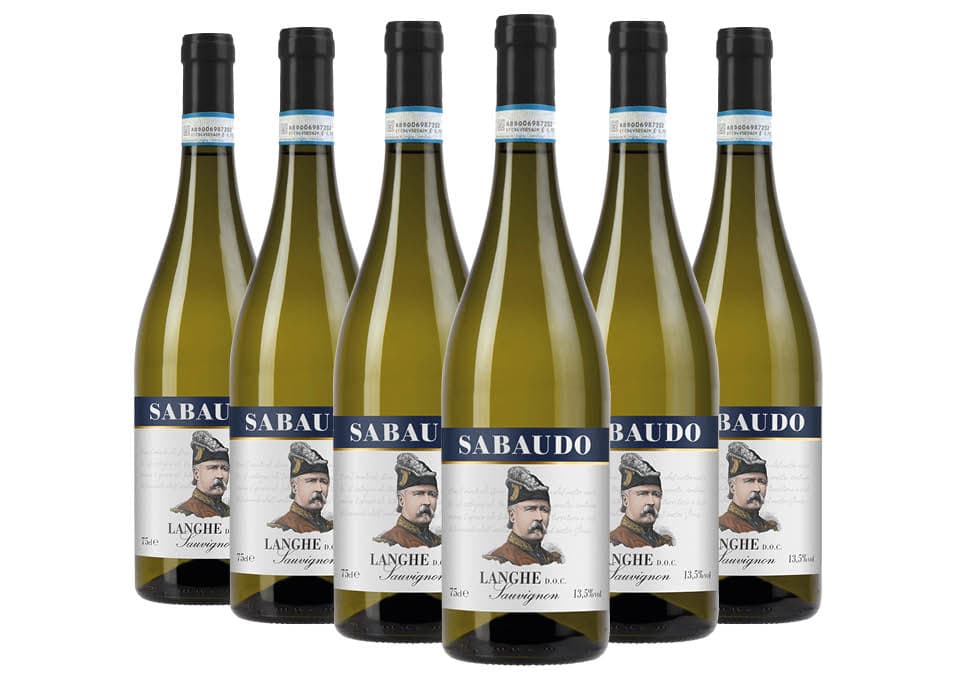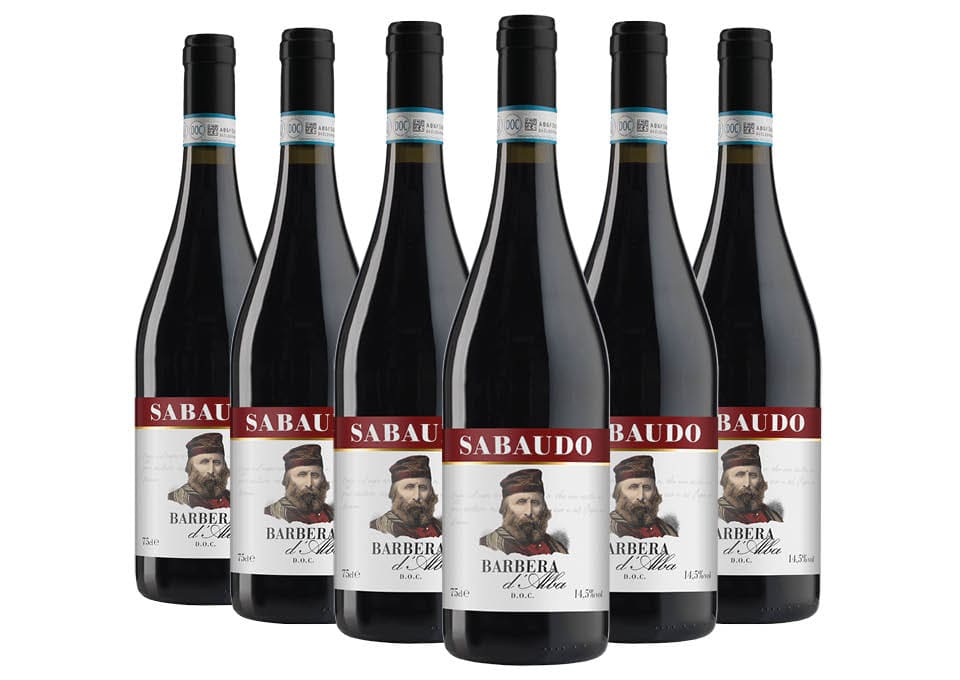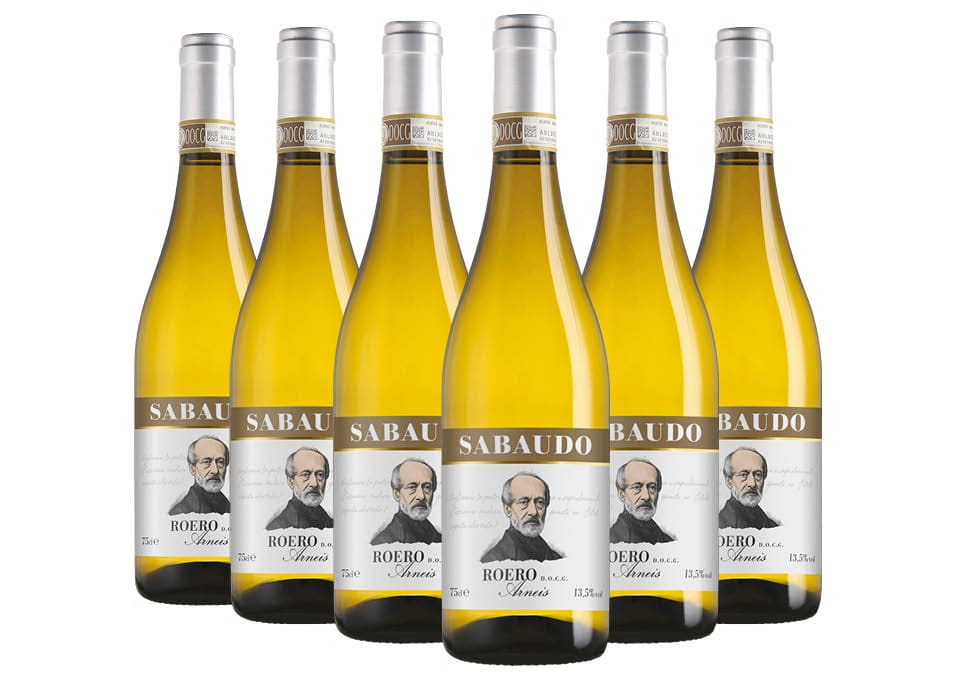Sabaudo
Savoy wines are the perfect representation of Piedmont and its winemaking tradition. Piedmont has always been a land of wines, not only reds but also whites and sparkling wines. The cultivation of vines in Piedmont began in pre-Romanesque times, at the hands of the Celtic-Ligurians who inhabited these territories. From the Roman era and later thanks to the monastic orders, the Nebbiolo vine was identified and modern wine areas defined. Piedmontese wines were sweet wines until the first half of the 1800s, precisely because the sweetness guaranteed their conservation during the long sea voyages of the time. In addition, the slow maturation of Nebbiolo made fermentation even more complex and characterized the wine for its high sugar residue. The Nebbiolo-based wine known at the time was slowly revolutionized by the French enologist Louis Oudart on commission from the Marquise of Barolo Giulietta Falletti: thus Barolo was born, a full-bodied and structured dry red wine. Together with Barolo, a second Nebbiolo-based wine appeared on the scene in the same years: Barbaresco , the two wines ushered in the modern era of Piedmontese enology. There have been many events that from the late 1800s to the mid 1900s involved Italy and Piedmont itself. The region has gradually specialized in the production of monovarietal wines and has given way to a real zoning of the wine-growing areas, defining the so-called Italian crus. Piedmont has particularly favorable climatic and geological conditions, the hilly area at the foot of the Alps benefits from good drainage and the excellent exposure makes these lands suitable for the cultivation of Nebbiolo. To determine the enological destiny of the Savoy wines there is not only the environmental heritage, but above all the historical value: these are a tribute to the unification of Italy and to the characters of the Risorgimento period who contributed to it. Patriots, Garibaldians and kings have overcome differences and divisions, united by the national pride that has given rise to the feeling of identity that characterizes the Italians, united under the sign of the tricolor. These labels are the testimony of a lively and pulsating desire to belong: then as now, Italy is home to great wines.
Savoy Red Wine
Sabaudo produces different types of red wine. From Barbera d'Alba to Barolo, passing through the Langhe DOC . Barbera d'Alba Sabaudo is a red wine made from 100% Barbera grapes from the Monforte d'Alba vineyard. According to the production disciplinary, this denomination can only be produced in the municipalities of Alba, Albaretto della Torre, Barbaresco, Barolo, Borgomale, Camo, Canale, Castagnito, Castellinaldo, Castiglione Falletto, Castiglione Tinella, Castino, Corneliano d'Alba, Cossano Belbo , Diano d'Alba, Govone, Grinzane Cavour, Guarene, Magliano Alfieri, Mango, Monforte d'Alba, Montelupo Albese, Monticello d'Alba, Neive, Neviglie, Novello, Perletto, Piobesi d'Alba, Priocca, Rocchetta Belbo, Roddi , Roddino, Rodello, S. Vittoria d'Alba, S. Stefano Belbo, Serralunga d'Alba, Sinio, Treiso, Trezzo Tinella, Verduno and Vezza d'Alba, including some areas of the municipalities of Baldissero d'Alba, Bra, Cortemilia , Cherasco, La Morra, Monchiero, Montà d'Alba, Montaldo 2 Roero, Monteu Roero, Narzole, Pocapaglia, S. Stefano Roero and Sommariva Perno. Barbera is the main grape of Piedmont in quantitative terms and in the past it was identified with the wine of everyday life, while Barolo and Barbaresco were niche wines, tasted mainly on the occasion of holidays or donated to the most important personalities. Today Barbera has changed its face, it has become an increasingly important wine, particularly elegant and balsamic. Barbera d'Alba Sabaudo is characterized by notes of wild berries and floral scents of violets and rose hips. It is a spiced wine with very intense light balsamic notes, with a balanced acidity, an important tannin and an interesting body. Discover the Sabaudo red wine selection on Vino.com.
What does the Sabaudo winery produce?
In addition to the famous Barbera d'Alba, Barolo and Langhe DOC, the Sabaudo winery produces an interesting selection of white wines, despite the fact that Piedmont is historically considered a territory for red wines. Among the Sabaudo white wines, the Roero Arneis DOCG deserves particular attention. Roero Arneis is a wine produced with the native Arneis vine and other non-aromatic white grapes admitted by the production disciplinary. Roero Arneis can be produced in the municipalities of Canale, Corneliano d'Alba, Piobesi d'Alba, Vezza d'Alba and in part that of the municipalities of: Baldissero d'Alba, Castagnito, Castellinaldo, Govone, Guarene, Magliano Alfieri, Monta ', 2 Montaldo Roero, Monteu Roero, Monticello d'Alba, Pocapaglia, Priocca, S. Vittoria d'Alba, S. Stefano Roero and Sommariva Perno, in the province of Cuneo. It is a white wine whose grapes come from vineyards located on clayey soils rich in chalk, perfect for giving acidity to the wine. Roero Arneis Sabaudo is a fruity wine, with citrus notes and hints of yellow-fleshed peaches, delicate and fresh, perfect for aperitifs and fish-based dishes.
What are the characteristics of Barolo Sabaudo?
Barolo Sabaudo is a red wine that can only be produced with Nebbiolo grapes from the municipalities of Barolo, Castiglione Falletto, Serralunga d'Alba, Monforte d'Alba, Novello, La Morra, Verduno, Grinzane Cavour, Diano d'Alba, Cherasco and Roddi in the province of Cuneo. It is an elegant wine, with notes of ripe fruit and coffee, full-bodied and structured, with a persistent and important palate. Find out all the details on Vino.com.
What are the characteristics of Nebbiolo Sabaudo?
Langhe DOC Nebbiolo Sabaudo, like Barolo and Barbaresco, is made from Nebbiolo grapes. This vine has a late ripening and best expresses its potential at an altitude between 350 and 450 meters. It undergoes a long maceration and aging in large Slavonian oak barrels. It is an elegant, fragrant wine with an excellent structure and tannins. Discover the Sabaudo selection on Vino.com.


